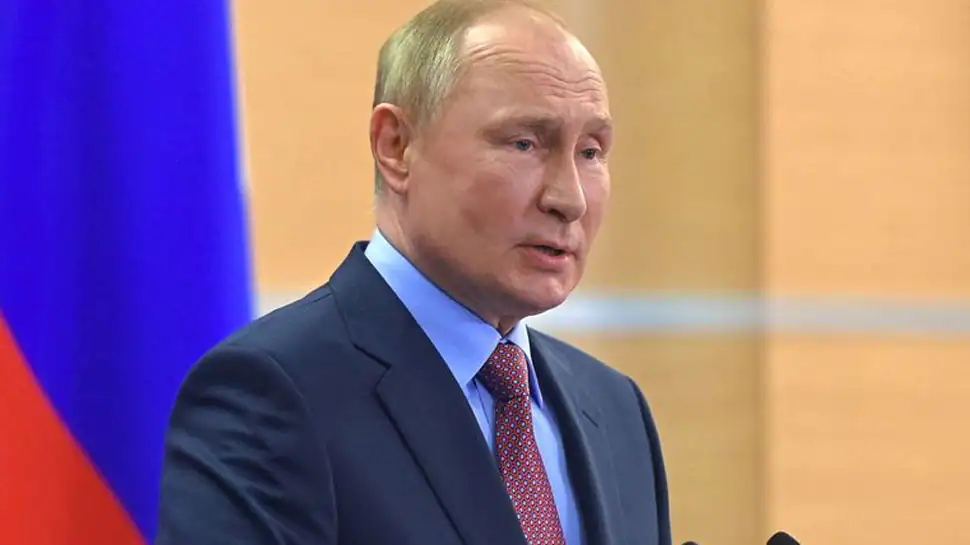By Siddharth Pai
Many people are watching snippets of the war in Ukraine on their phones. Social media is deluged with photos, videos, and satellite images. Satellites have photographed Russian bases and shown the destruction caused by Russian attacks on Ukrainian cities.
But a satellite can take a picture of a particular place only once a day, and the higher the resolution of the satellite, the less area on the ground it can image. All this of course assumes there is good weather with no cloud cover. After these few images, the satellite orbits away at great speed.
As we have known for a while, the picture painted by online posts is not always accurate. Social media is no different during war time than it is during peace time.
Hundreds of videos and photos are being posted each day, but most people are just seeing the handful that get the most likes and shares. Or in some cases, such as TikTok’s, because the platform’s algorithms are extraordinarily well tuned in presenting what its users want to see.
Interestingly, it appears that TikTok may be the best designed social media platform for war, in that it is a visual video platform that is also instant. YouTube needs an elaborate video set-up before one can post on the platform, and other social media sites such as Facebook, Twitter, Instagram, Twitter, and others have a whole host of non-video content as well. All a person needs to post video on TikTok is the camera all smartphones come with today. The platform is easy to use. Short clips can be posted on TikTok instantly, thereby creating an almost endless stream of war footage ‘crowdsourced’ to anyone on the ground with a smartphone.
Wallaroomedia.com says that TikTok has over 1 billion active monthly users and more than 2.6 billion downloads. According to influencermarketinghub.com, it is available in over 150 countries and there are 80 million regular users in the US. In the US, there have been over 200 million downloads.
Another important issue to take into consideration is the type of social media. Youngsters, for instance, hold that Facebook is for ‘old people’ and prefer to use Instagram instead. The same giant owns both properties of course, but the content (and its moderation) appear to be managed separately. Like Instagram, TikTok is a platform that has found favour with younger people. In the US, over 60% of the 80 million regular users are less than 30 years old. I assume that these numbers are representative of its demographic in other countries where it is available.
TikTok has engagement that appears to far outstrip other social media sites. This may well be because its algorithms are designed to allow for trending topics to populate on to its “for you” landing page. According to Wallaroomedia.com, singer Jennifer Lopez recently posted the same video on Twitter and TikTok. Lopez has 45 million followers on Twitter and 5 million followers on TikTok. The video on Twitter got 2 million views (from 45 million followers). The video on TikTok got 71 million views (from 5 million followers).
If this kind of ‘eyeball’ amplification is representative of TikTok, then one can go so far as to say that it is the best suited social media platform for war. It can propel nobodies on the ground where a war is being fought into overnight online celebrities. TikTok’s algorithm feeds people videos it believes they are anxious to see. And there is no doubt that the world’s biggest story right now is the war in Ukraine.
According to Wired, in the eight days between February 20 and February 28, views on videos tagged with #ukraine jumped from 6.4 billion to 17.1 billion—a rate of 1.3 billion views a day, or 928,000 views a minute! These videos also have a shelf life that is much longer than one would normally expect, given how easy it is to download and post a TikTok video on other social-media platforms.
Social media lends itself to bite-size stories, in keeping with the finding that mankind’s attention span is now even lower than that of a goldfish (the fish manages 9 seconds, but we can’t go that long). War reporting is a lot more complicated than a message than can be delivered in less than 9 seconds.
Adding to this is the fact that people fill in gaps in their understanding with their own biases. When a video of a few soldiers surrendering goes viral, it can lean towards any number of wild interpretations, for example, it can be inferred as Russian troops about to turn around or as Ukrainian forces having surrendered—neither of which may be the truth.
Even a small proportion of bogus videos can get significant attention. A TikTok video of a woman showing how to start a Russian armoured vehicle has over 7 million views and it has been shown as if it is a brave Ukrainian resistance fighter taking over a Russian armoured career.
But fact checks by a news outlet revealed that the woman is a Russian auto mechanic who filmed herself a year ago while driving an armoured vehicle for fun in Russia.
This propels TikTok into another conflict—the need to screen content to make sure that what is uploaded is not bogus. These mirror problems that other social media sites have had in the past, but TikTok’s explosive growth (it reportedly took only four years to reach a billion users versus the eight years it took Instagram) complicates matters.
There are legitimate questions being asked about whether TikTok can even manage the sheer scale of videos its platform generates. To me, it seems right that India banned it in June 2020.
(The writter is a Technology consultant and venture capitalist; By invitation)














